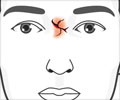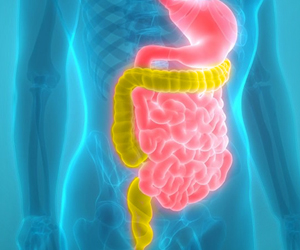Risk of bone fracture in postmenopausal women might be reduced from regular intake of soy protein. This report came out in the September issue of the journal Archives of Internal Medicine.
Women experience accelerated bone loss at a rate of three to five percent per year for about five to seven years after menopause, putting them at a high risk for bone fracture, according to background information in the article. The U.S. Food and Drug Administration and new clinical guidelines advise against the use of hormone therapy as a first-line treatment for the prevention of osteoporosis in postmenopausal women and emphasize alternatives including exercise and increasing intake of calcium and vitamin D. Growing evidence suggests a potential role for soy in preventing postmenopausal bone loss.Researchers from the Vanderbilt University School of Medicine, Nashville, and colleagues examined the relationship between soy food consumption and bone fractures in 24,403 postmenopausal women. Participants’ usual dietary intake was assessed once at the beginning of the study and then during follow-up, approximately two to three years later. Average age was 60 years.
The researchers found that soy consumption may reduce the risk of fracture in postmenopausal women, especially among those in the early years following menopause. During an average follow-up of four and a half years, 1,770 fractures were reported. The median (middle value) daily intakes of soy protein and soy isoflavones (estrogen-like plant chemicals) were 8.5 grams and 38 micrograms, respectively. Participants were divided into five categories, according to their soy intake, with the lowest intake group consuming less than 4.98 grams of soy per day, and the highest group consuming 13.27 grams or more of soy per day. Those in the highest soy protein intake group had a 37 percent reduced relative risk for fracture compared to the lowest intake group. Women in the highest soy isoflavone group had a 35 percent reduced relative risk for fracture compared to the lowest isoflavone group.
Source: Newswise











